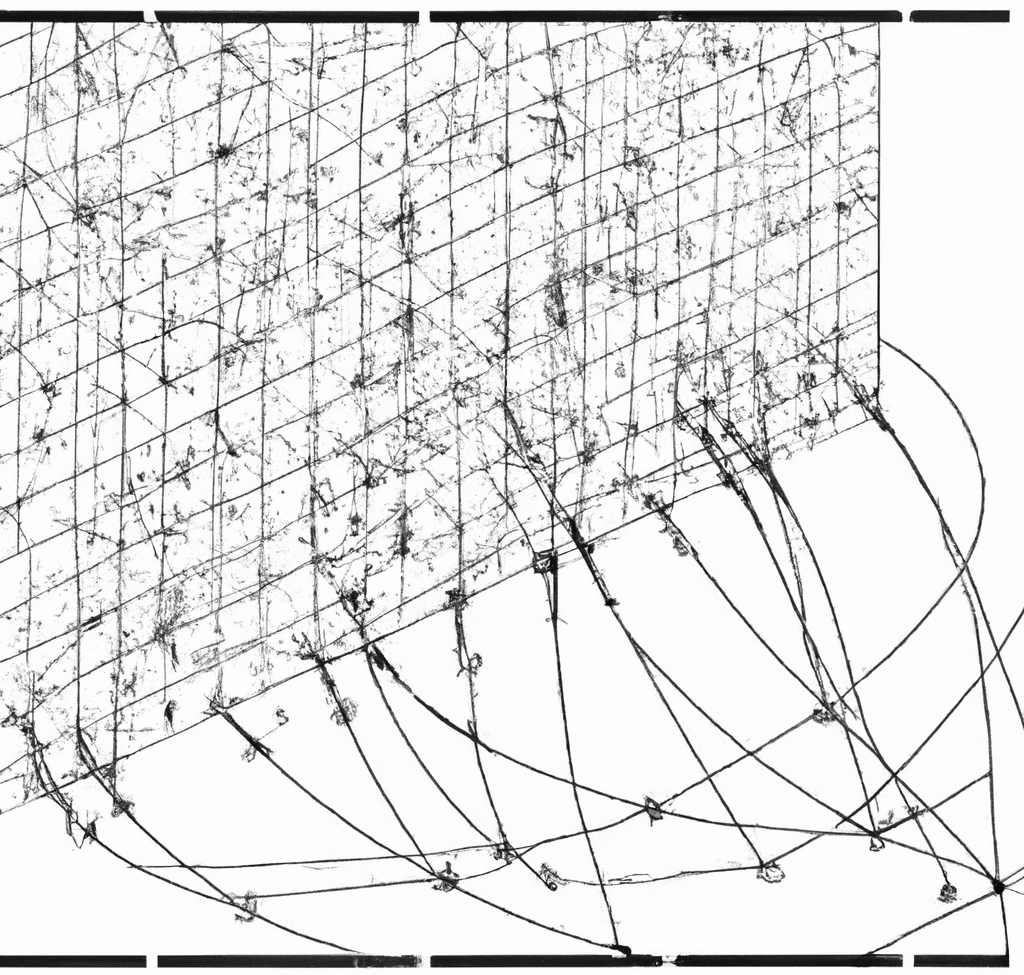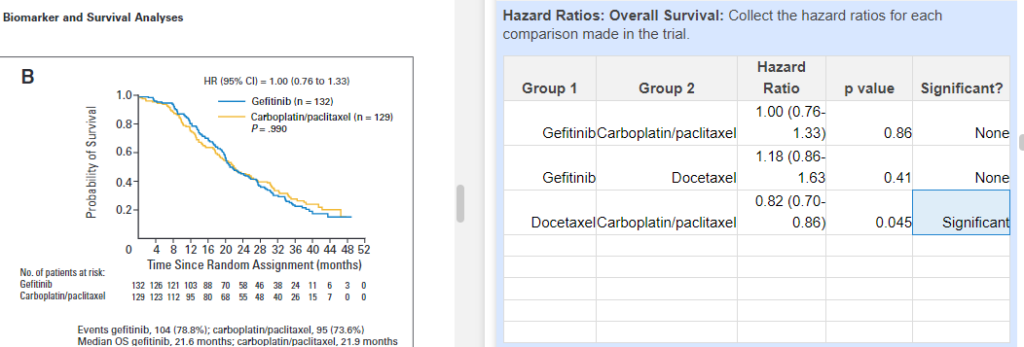
Feature Comparison for Systematic Literature Review: Nested Knowledge vs Spreadsheets
In the realm of conducting systematic literature reviews (SLRs), the question invariably arises: how do these new technologies compare to the trusty spreadsheet? Spreadsheets offer












